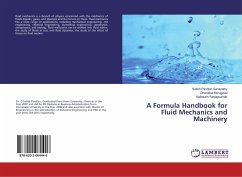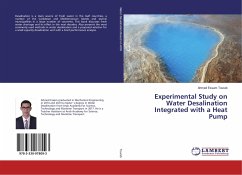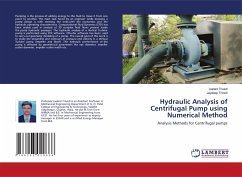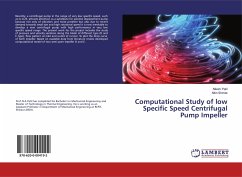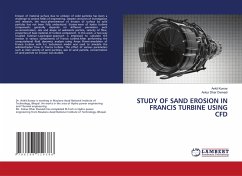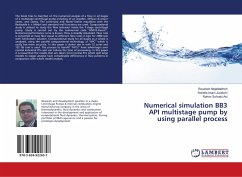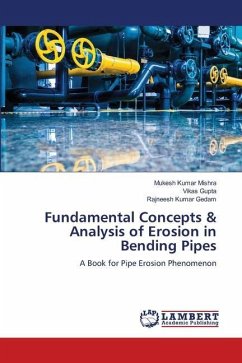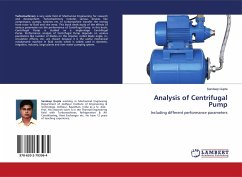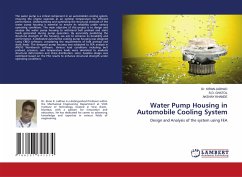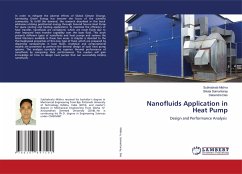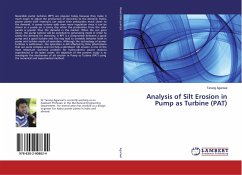
Analysis of Silt Erosion in Pump as Turbine (PAT)
Versandkostenfrei!
Versandfertig in 6-10 Tagen
33,99 €
inkl. MwSt.

PAYBACK Punkte
17 °P sammeln!
Reversible pump turbines (RPT) are popular today because they make it much easier to adjust the production of electricity to the demand. Hydro power plants with reservoirs can adjust their production much closer to the demand. A pump turbine adds even more regulation since it can be driven as a pump on a sunny day when the production from the solar panels is greater than the demand in the market. When the sun goes down, the pump turbine will be switched to generating mode in order to satisfy the demand for electricity. A RPT is a compromise between a good pump and a good turbine and this may l...
Reversible pump turbines (RPT) are popular today because they make it much easier to adjust the production of electricity to the demand. Hydro power plants with reservoirs can adjust their production much closer to the demand. A pump turbine adds even more regulation since it can be driven as a pump on a sunny day when the production from the solar panels is greater than the demand in the market. When the sun goes down, the pump turbine will be switched to generating mode in order to satisfy the demand for electricity. A RPT is a compromise between a good pump and a good turbine and this may lead to unstable behavior both in pump and turbine mode of operation. Although the technology of pump-turbines is well-known, the operation is still affected by flow phenomena that are quite complex and not fully understood. Silt erosion is one of the most important technical problem for hydro-electric power stations experienced in silt laden water. An objective of the present study is to investigate the mechanism of silt erosion in Pump as Turbine (PAT) using the numerical and experimental method.



